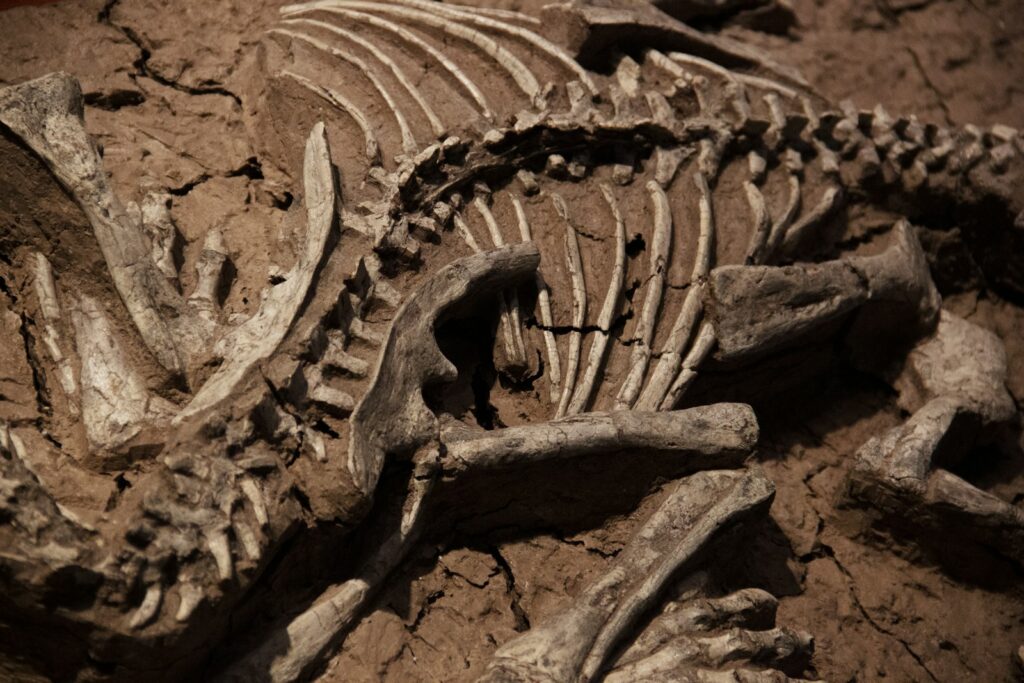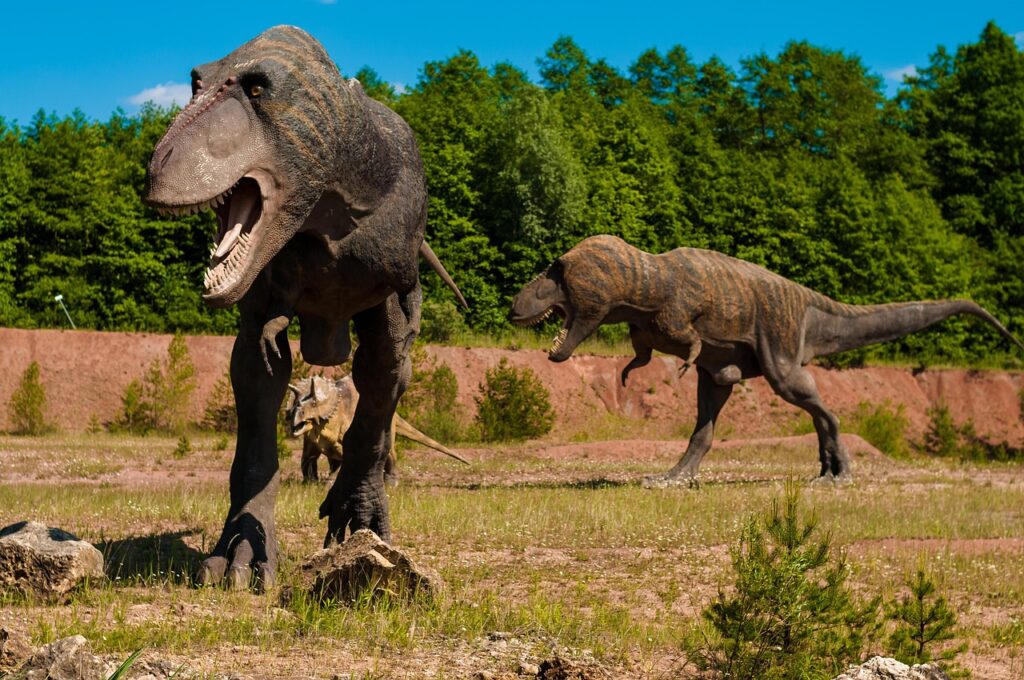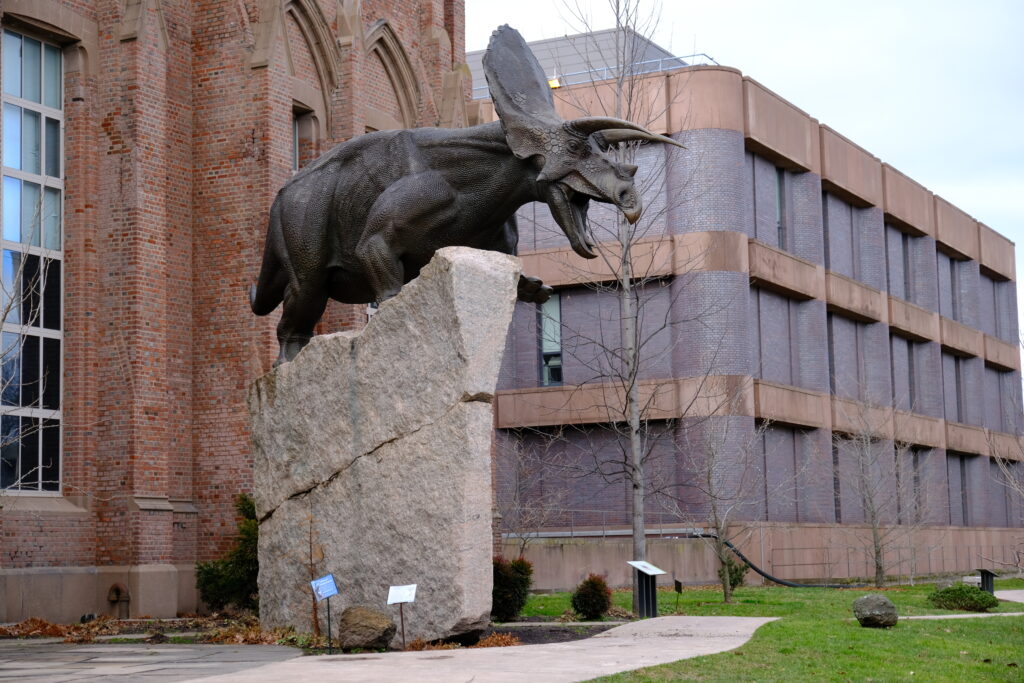Deep in the heart of Mongolia’s windswept deserts, paleontologists have been making discoveries that challenge everything we thought we knew about dinosaur evolution. This landlocked nation, sandwiched between Russia and China, has become the world’s most prolific source of bizarre, unprecedented dinosaur species that seem to defy the laws of prehistoric biology. From tiny feathered predators with oversized claws to massive herbivores with peculiar skull ornaments, Mongolia’s fossil beds have yielded creatures so strange that scientists initially questioned whether they were even dinosaurs at all.
The Gobi Desert’s Fossil Goldmine
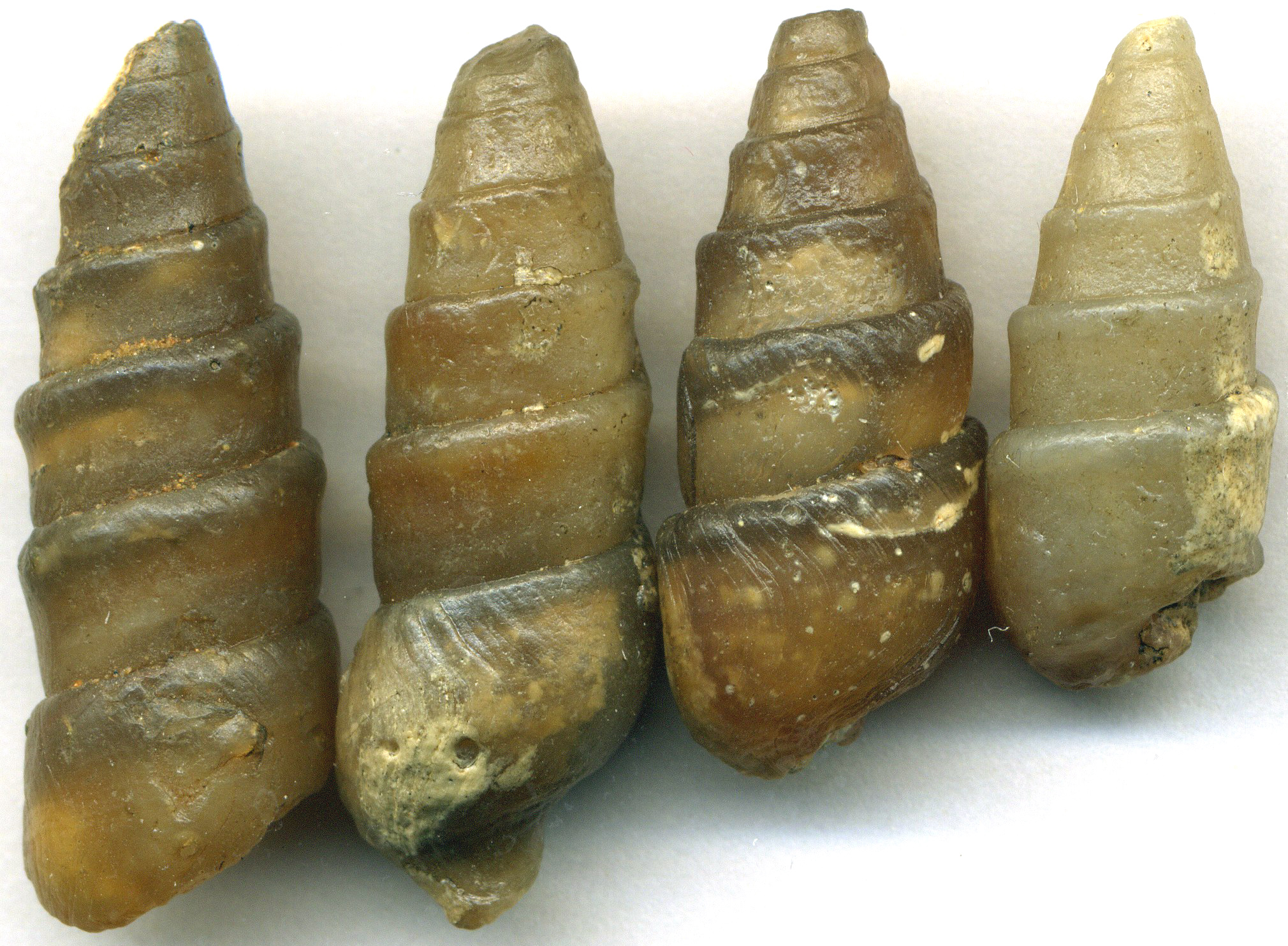
The Gobi Desert stretches across southern Mongolia like a vast, ancient graveyard where time itself seems frozen. This harsh landscape, with its extreme temperatures and shifting sands, has preserved dinosaur fossils in remarkable detail for over 100 million years. The desert’s unique geology created perfect conditions for fossilization, trapping creatures in sandstone tombs that protected them from the elements.
What makes the Gobi particularly special is its Late Cretaceous rock formations, dating back 70 to 100 million years ago. During this period, Mongolia experienced a subtropical climate with lush forests and meandering rivers. When massive sandstorms buried dinosaurs alive, they created some of the most complete and well-preserved fossils ever discovered, including entire nests with eggs and baby dinosaurs still inside.
Velociraptor’s Shocking True Identity
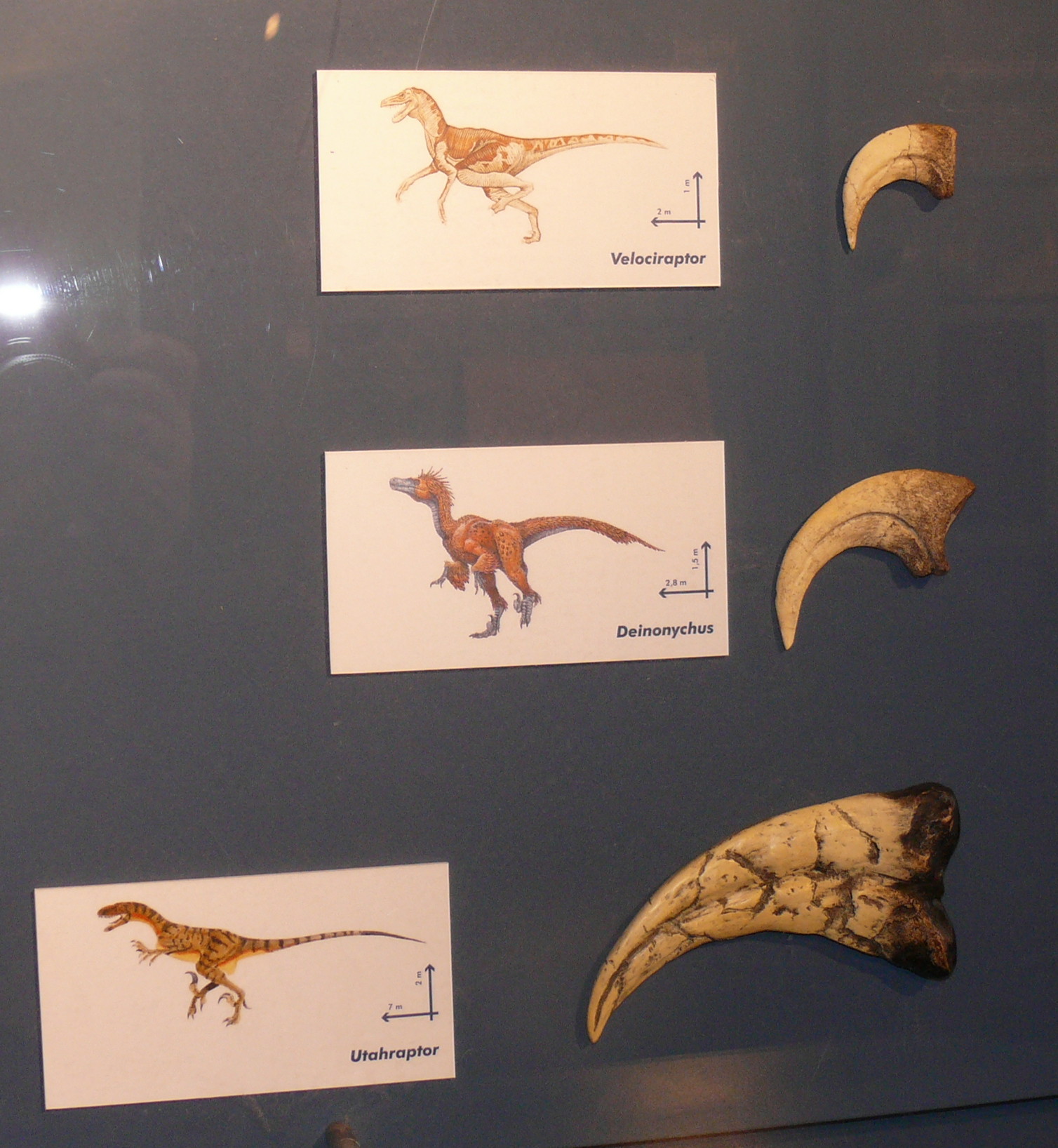
Hollywood got it completely wrong when depicting Velociraptors as massive, scaly killing machines. The real Velociraptors discovered in Mongolia were actually turkey-sized predators covered in feathers, looking more like deadly birds than the monsters from Jurassic Park. These agile hunters possessed razor-sharp sickle claws on their hind feet and were likely pack hunters that used coordinated attacks to bring down prey.
The most famous Velociraptor specimen, discovered in 1971, was found locked in eternal combat with a Protoceratops, both dinosaurs apparently killed instantly by a sandstorm. This incredible fossil shows the Velociraptor’s sickle claw embedded in the herbivore’s throat while the Protoceratops’ beak crushes the predator’s arm. It’s a snapshot of prehistoric violence that reads like a action movie frozen in time.
Therizinosaurus: The Gentle Giant with Nightmare Claws
Imagine a dinosaur the size of a school bus with claws longer than baseball bats, and you’ll have a picture of Therizinosaurus, one of Mongolia’s most perplexing discoveries. When paleontologists first uncovered these massive claws in the 1940s, they assumed they belonged to a giant turtle. The truth turned out to be far more bizarre – this was a plant-eating dinosaur that looked like it was designed by someone’s fever dream.
Despite its terrifying appearance, Therizinosaurus was actually a gentle giant that used its meter-long claws to strip leaves from tall trees. Its massive belly housed a complex digestive system capable of processing tough plant material. The contrast between its fearsome weaponry and peaceful lifestyle makes it one of evolution’s most ironic creations, proving that appearances can be devastatingly deceiving in the dinosaur world.
Oviraptor: The Misunderstood Egg Thief
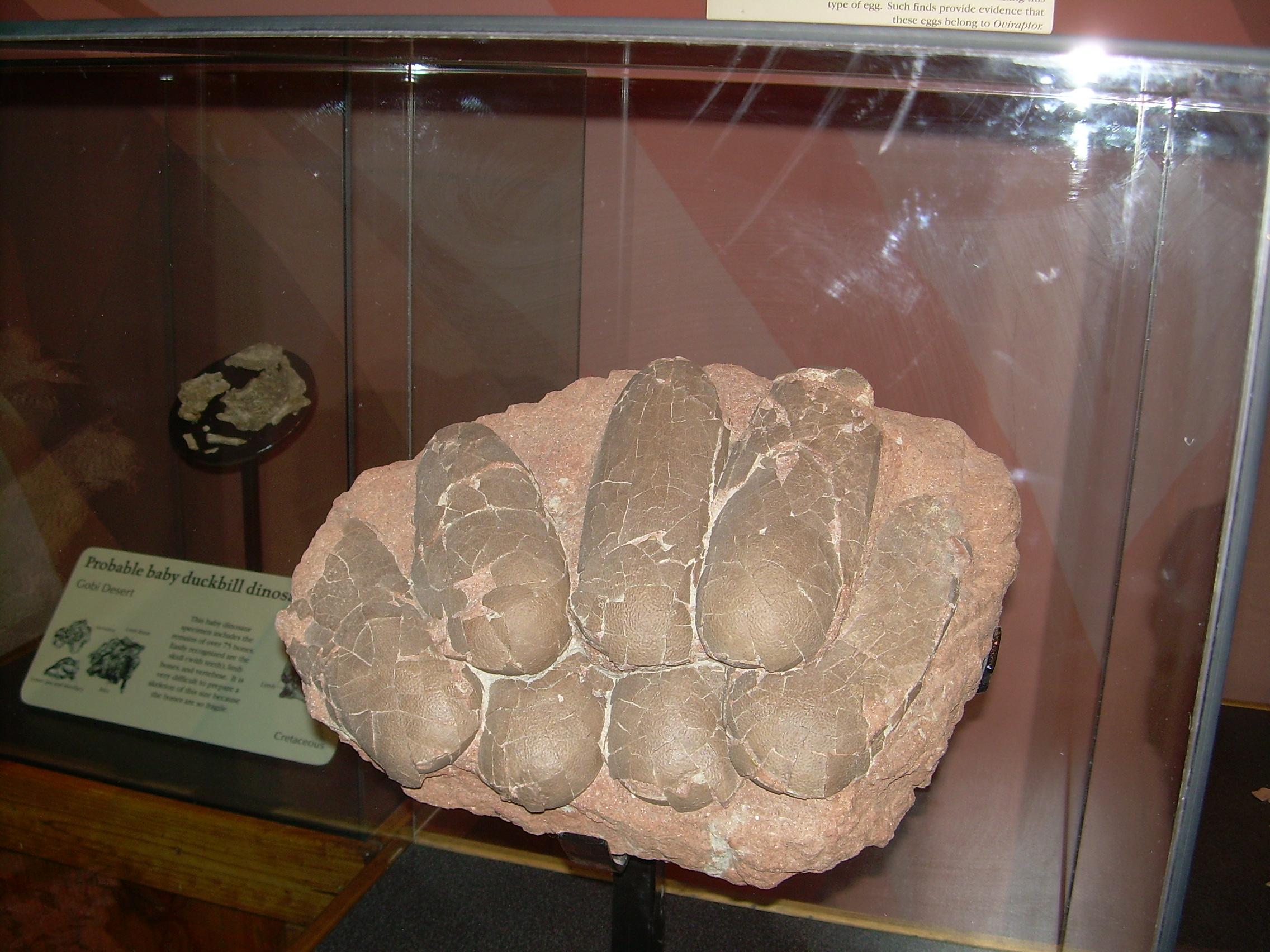
For decades, Oviraptor carried the unfortunate nickname of “egg thief” because the first specimen was discovered near what appeared to be stolen Protoceratops eggs. This bird-like dinosaur was essentially framed for a crime it didn’t commit, becoming one of paleontology’s greatest cases of mistaken identity. The truth about Oviraptor’s behavior is actually far more heartwarming than anyone expected.
Later discoveries revealed that Oviraptor wasn’t stealing eggs at all – it was brooding its own. These devoted parents would sit on their nests with their feathered arms spread wide, protecting their young from predators and harsh weather. Some fossils show Oviraptor mothers who died while shielding their eggs, a testament to parental sacrifice that bridges the gap between dinosaurs and modern birds.
Gigantoraptor: When Size Defied Everything
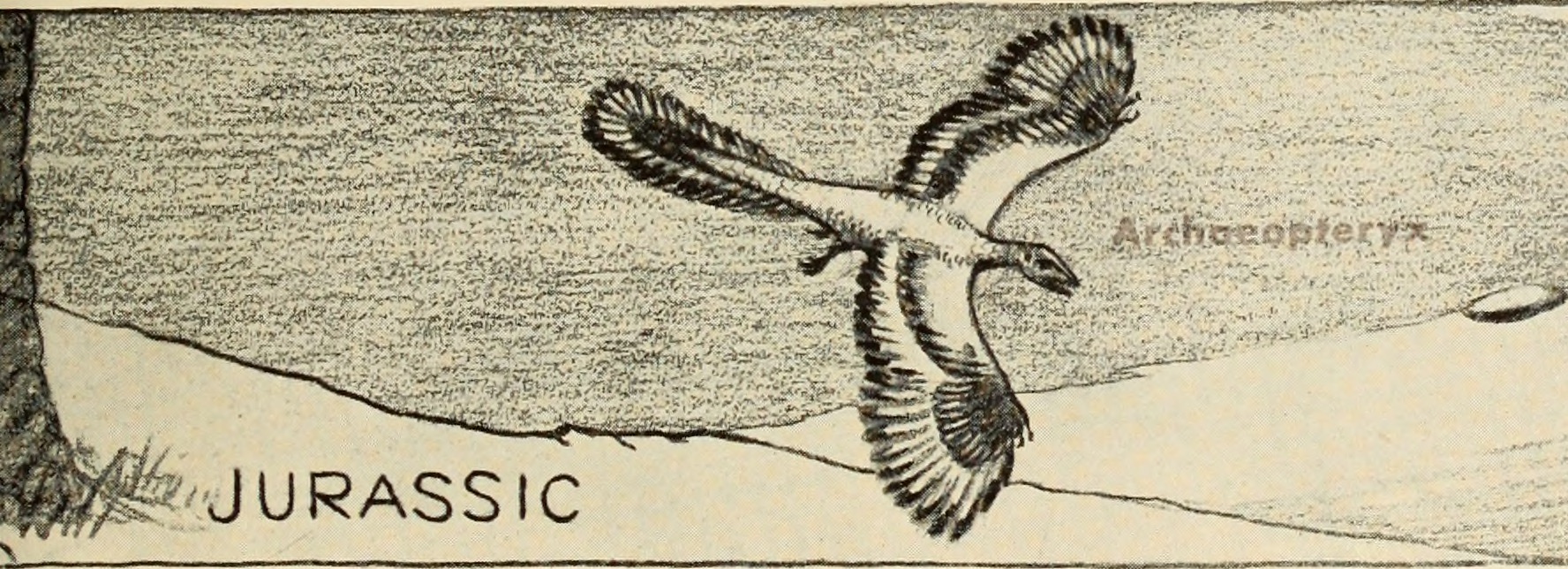
In 2007, paleontologists in Mongolia discovered something that shouldn’t have existed according to evolutionary theory – a raptor dinosaur the size of a small elephant. Gigantoraptor weighed over 2 tons and stood 16 feet tall, making it roughly 300 times heavier than its famous cousin Velociraptor. This discovery shattered the assumption that all raptor dinosaurs were small, agile hunters.
What makes Gigantoraptor even more fascinating is that it likely had feathers despite its enormous size. Scientists believe this giant may have used colorful plumage displays to attract mates, similar to how peacocks show off their tail feathers. The image of a house-sized, feathered dinosaur performing elaborate courtship dances is both magnificent and slightly ridiculous, showcasing nature’s flair for the dramatic.
Borogovia: The Dinosaur Named After Literature
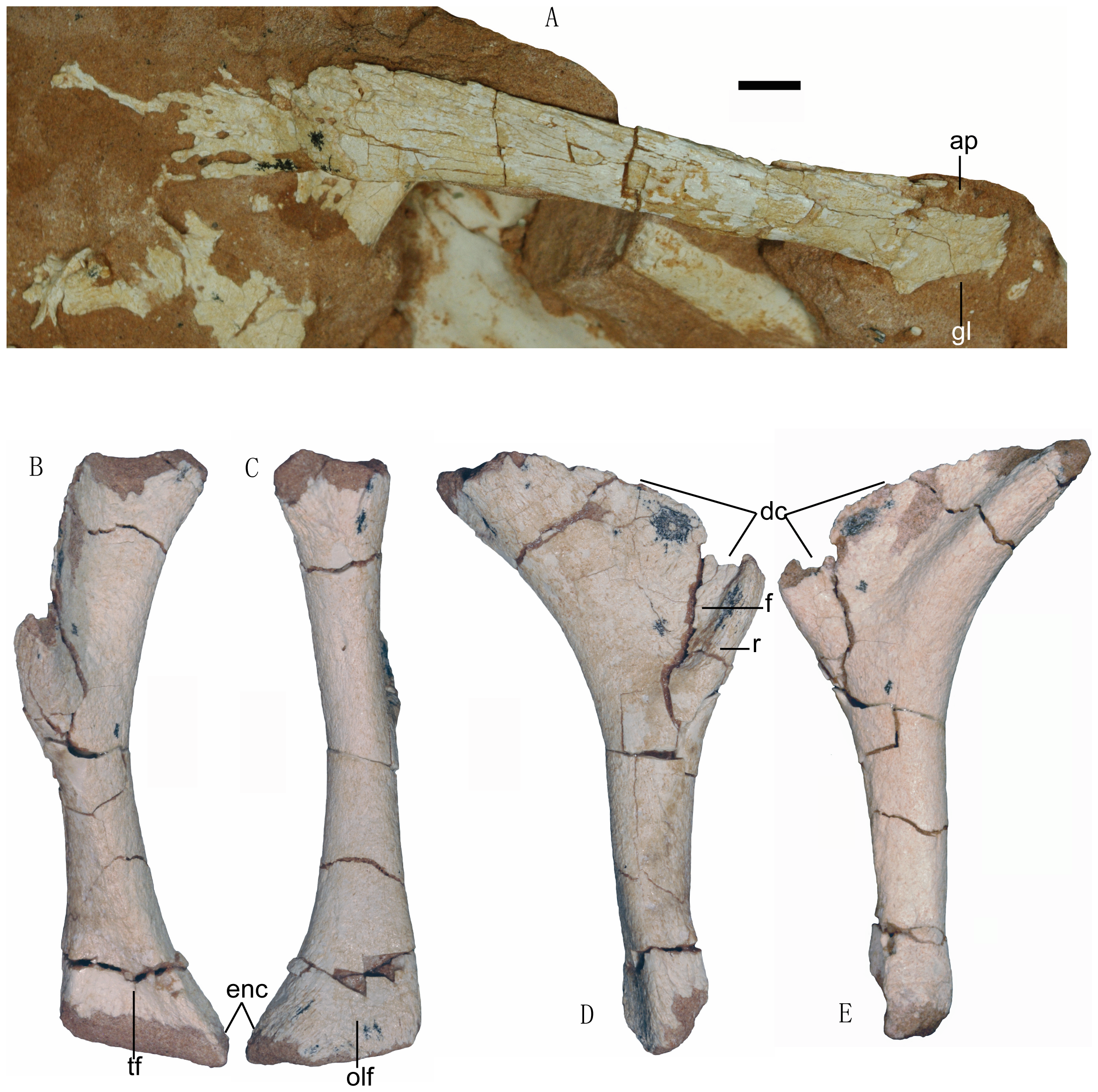
Sometimes paleontologists have a sense of humor, and Borogovia is proof of that. This small, swift dinosaur was named after the fictional “borogoves” from Lewis Carroll’s nonsense poem “Jabberwocky.” The scientist who discovered it thought the creature’s long legs and bird-like appearance reminded him of Carroll’s imaginary beasts, bridging the gap between prehistoric reality and literary fantasy.
Borogovia was a troodontid, a family of dinosaurs known for their large brains and keen intelligence. These creatures had excellent night vision and may have been primarily nocturnal hunters. With their long legs and lightweight build, they could sprint across the ancient Mongolian landscape like feathered cheetahs, using their superior intellect to outsmart prey rather than overpower them.
Protoceratops: The Sheep-Sized Titan
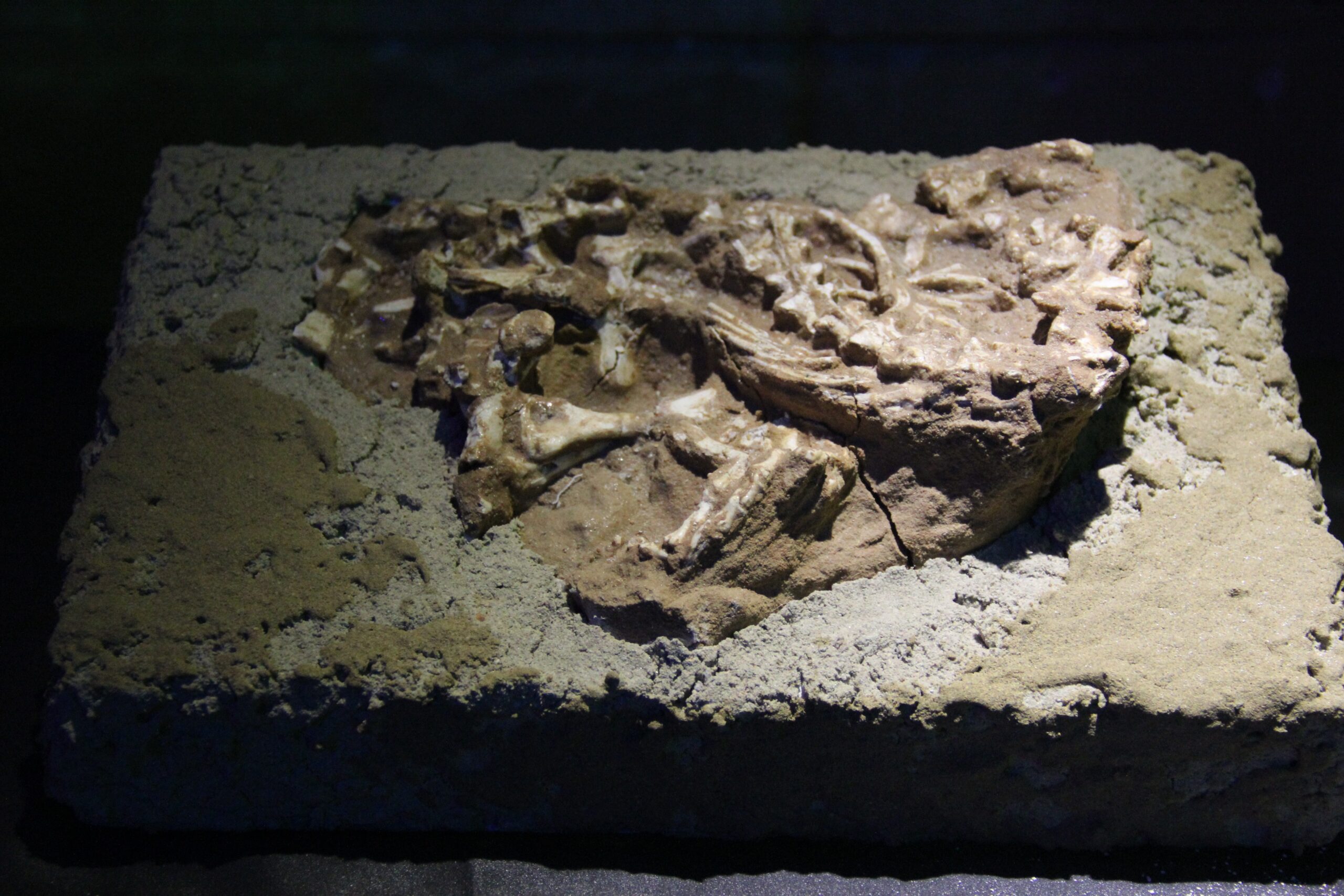
While not as flashy as some of its Mongolian contemporaries, Protoceratops holds a special place in paleontology as one of the first dinosaurs discovered with complete growth series from babies to adults. These sheep-sized herbivores possessed distinctive neck frills and beaked faces that made them look like prehistoric parrots. Their abundance in Mongolian fossil beds suggests they were incredibly successful animals that dominated their ecosystem.
Protoceratops specimens have provided crucial insights into dinosaur development and behavior. Scientists have discovered evidence of parental care, social grouping, and even sexual dimorphism in these ancient creatures. Some fossils show bite marks from contemporary predators, telling stories of prehistoric struggles that played out across the ancient Mongolian plains millions of years ago.
Mononykus: The One-Clawed Wonder
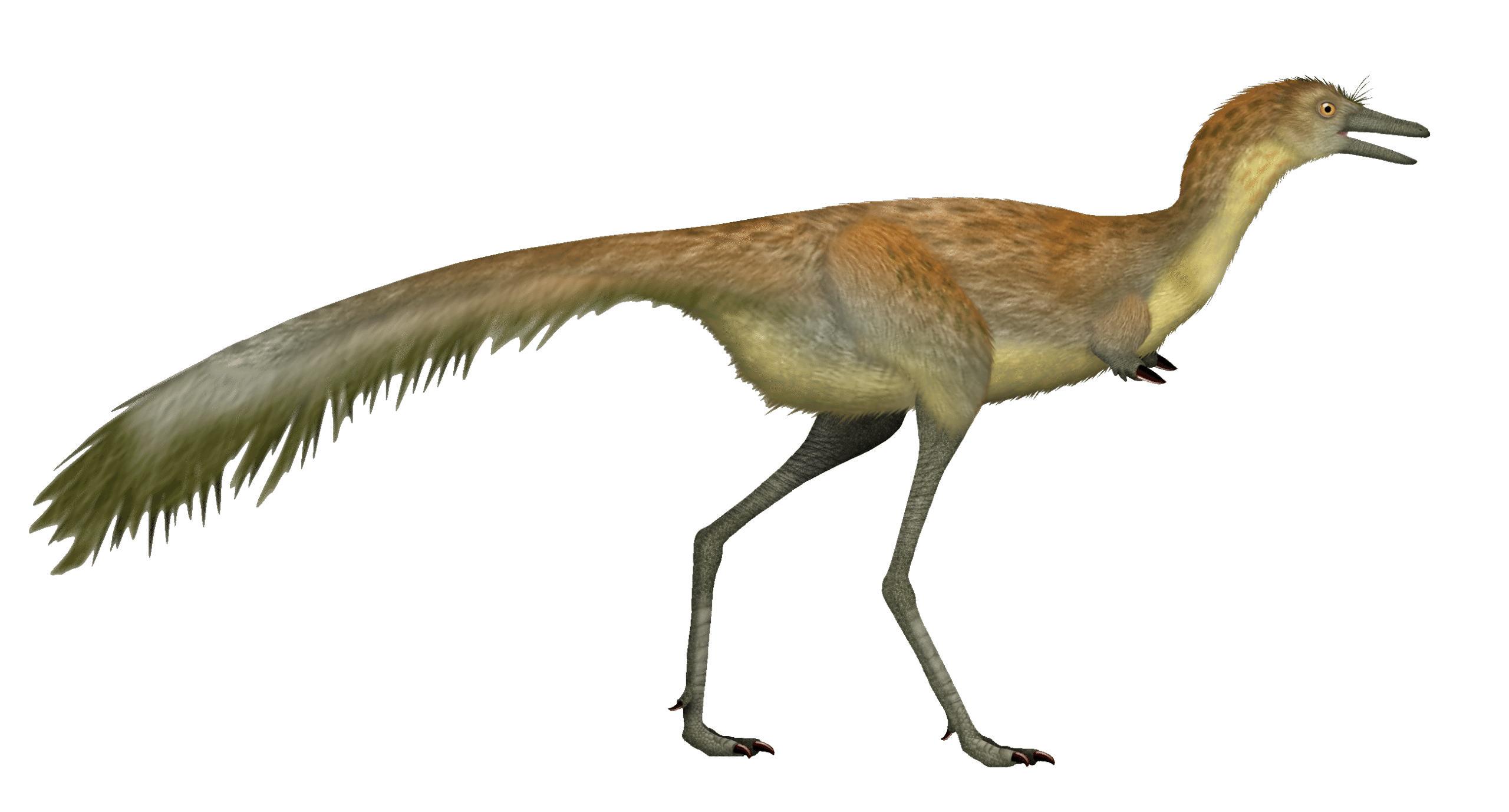
Evolution sometimes produces creatures that seem like biological experiments gone wrong, and Mononykus is a perfect example. This turkey-sized dinosaur had powerful legs for running, but its arms were reduced to stubby appendages ending in single, massive claws. Scientists initially struggled to understand what purpose these bizarre limbs could serve in a creature that was clearly built for speed.
The mystery of Mononykus’ strange anatomy was solved when researchers realized these claws were perfectly designed for tearing into termite mounds and ant nests. This dinosaur was essentially a prehistoric anteater, using its powerful single claw to break into insect colonies and its long snout to extract its prey. It’s a remarkable example of how evolution can produce highly specialized tools for very specific lifestyles.
Citipati: The Mythological Dinosaur
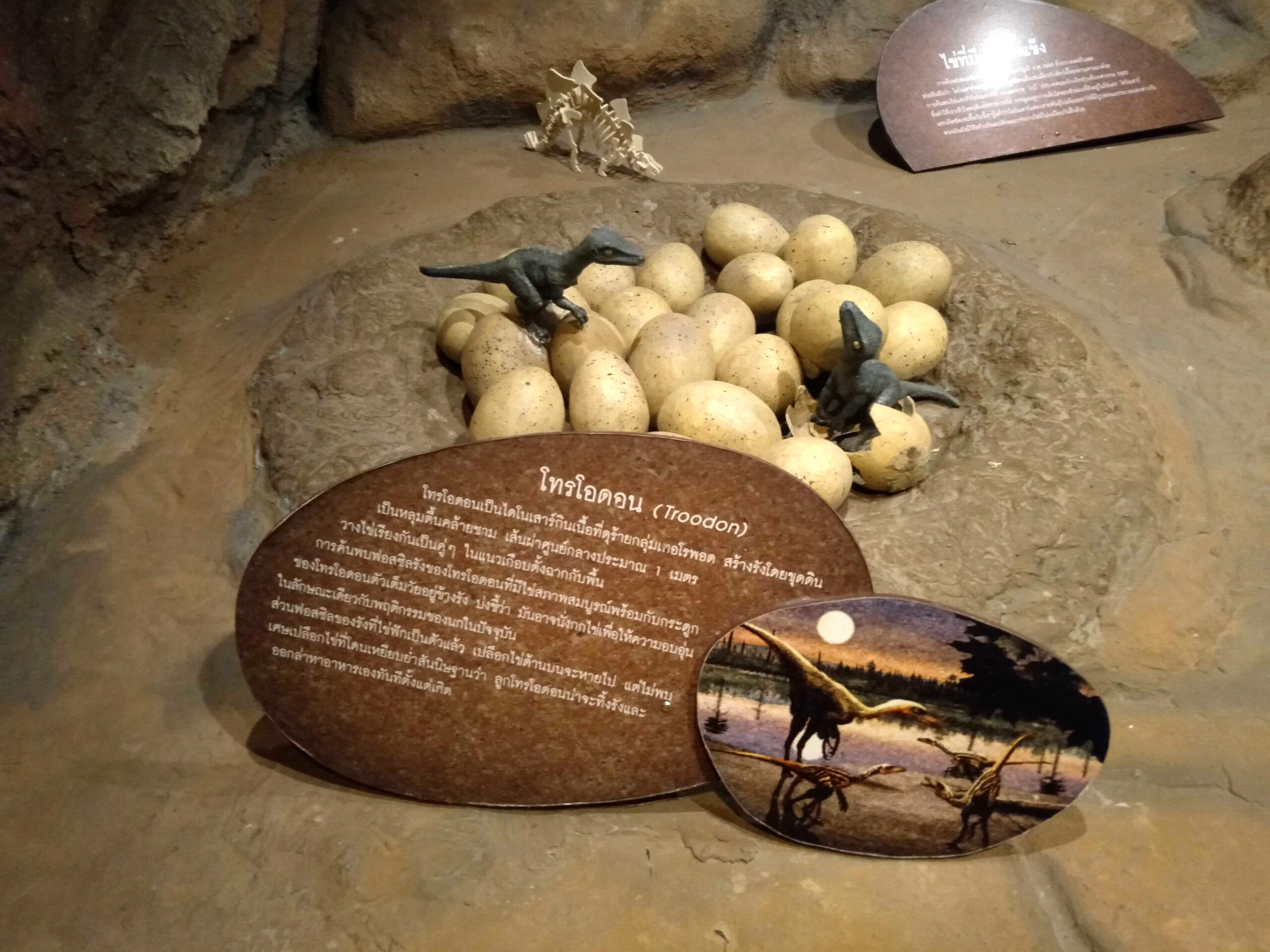
Named after a Buddhist funeral deity, Citipati was discovered in a pose that seemed almost spiritual – sitting peacefully on its nest with arms outstretched in a protective embrace. This oviraptorid dinosaur provides some of the best evidence for advanced parental behavior in dinosaurs, showing that these ancient creatures were far more sophisticated than previously imagined.
Citipati’s discovery revolutionized our understanding of dinosaur reproduction and social behavior. The fossil shows clear evidence of feathers, and scientists believe these dinosaurs may have performed elaborate mating displays similar to modern birds. Their nests were carefully constructed arrangements of eggs in spiral patterns, suggesting a level of architectural planning that rivals modern birds.
Shuvuuia: The Desert Survivor
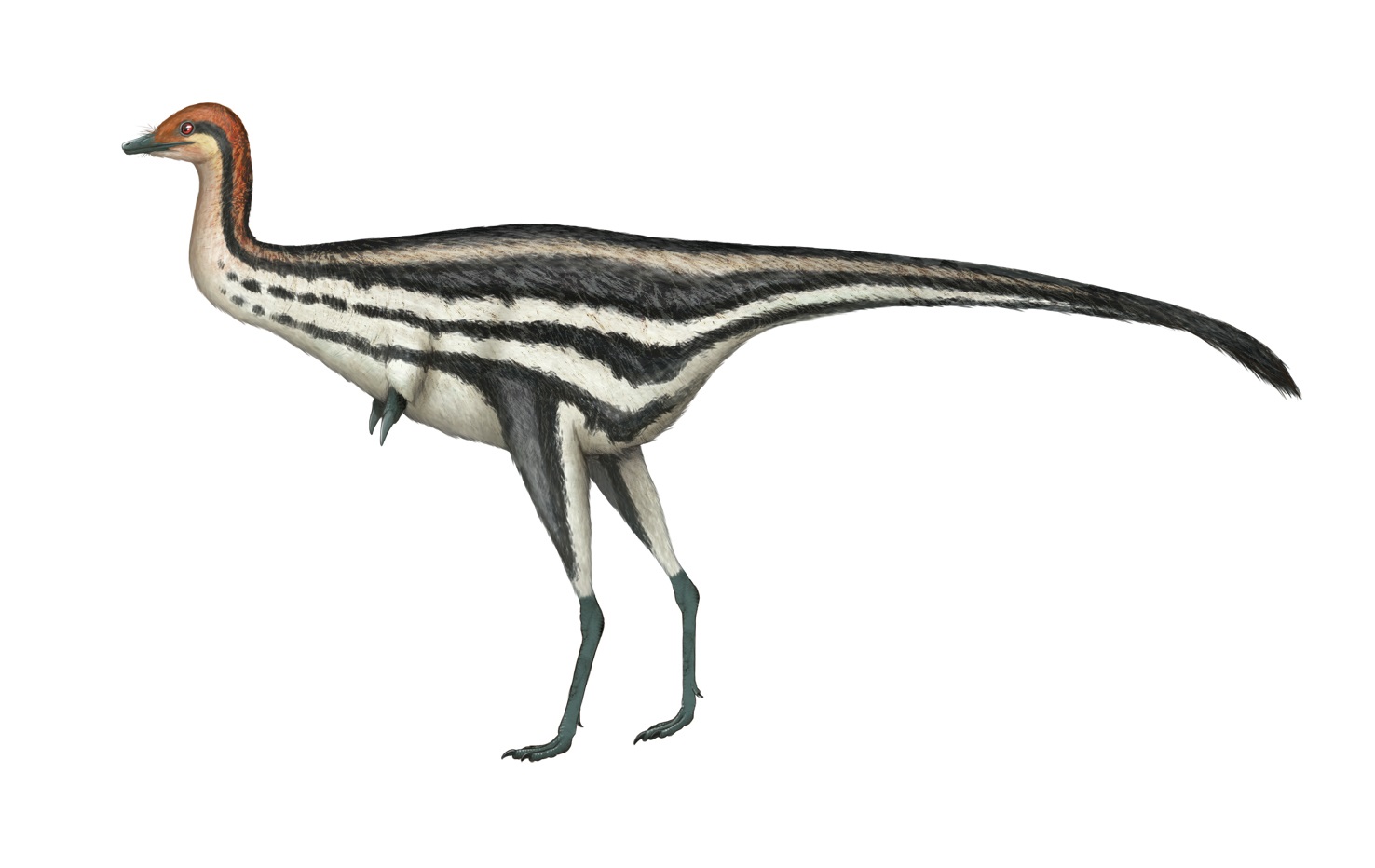
In the harsh environment of ancient Mongolia, survival required extreme adaptations, and Shuvuuia developed some of the most unusual traits in the dinosaur world. This small, bird-like creature had excellent night vision and may have been one of the few dinosaurs capable of true nocturnal living. Its name means “bird” in Mongolian, reflecting its remarkably bird-like appearance and behavior.
What made Shuvuuia truly unique was its combination of primitive and advanced features. While it retained some reptilian characteristics, it also possessed hollow bones, a furcula (wishbone), and evidence of feathers. This creature represents a crucial evolutionary step between dinosaurs and birds, showing how the transition from land-dwelling reptiles to flying birds actually occurred.
Pinacosaurus: The Spiky-Headed Herd Animal
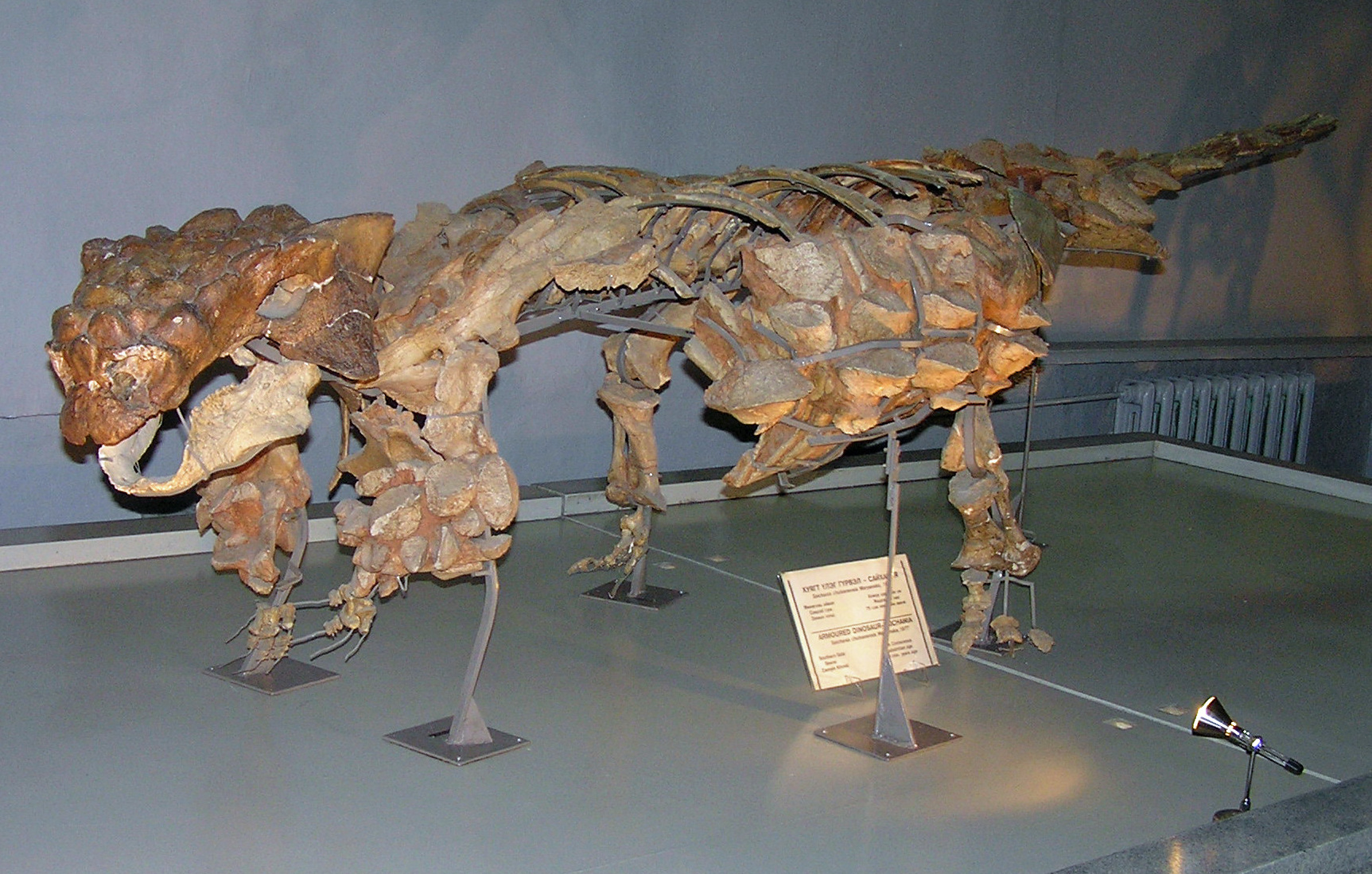
Pinacosaurus looked like someone had attached a medieval mace to a dinosaur’s head, with its skull covered in intimidating spikes and bumps. These ankylosaurs traveled in herds across the Mongolian landscape, their armored bodies providing protection from the numerous predators that stalked the region. Their discovery in groups suggests complex social behaviors that were previously unknown in armored dinosaurs.
The most remarkable thing about Pinacosaurus wasn’t its armor, but its apparent intelligence and social cooperation. Fossil evidence suggests these dinosaurs cared for their young and may have had complex herd hierarchies. Their varied skull ornamentation might have served as identification markers, helping individuals recognize family members and establish social rankings within the group.
Enigmatic Egg Mountain
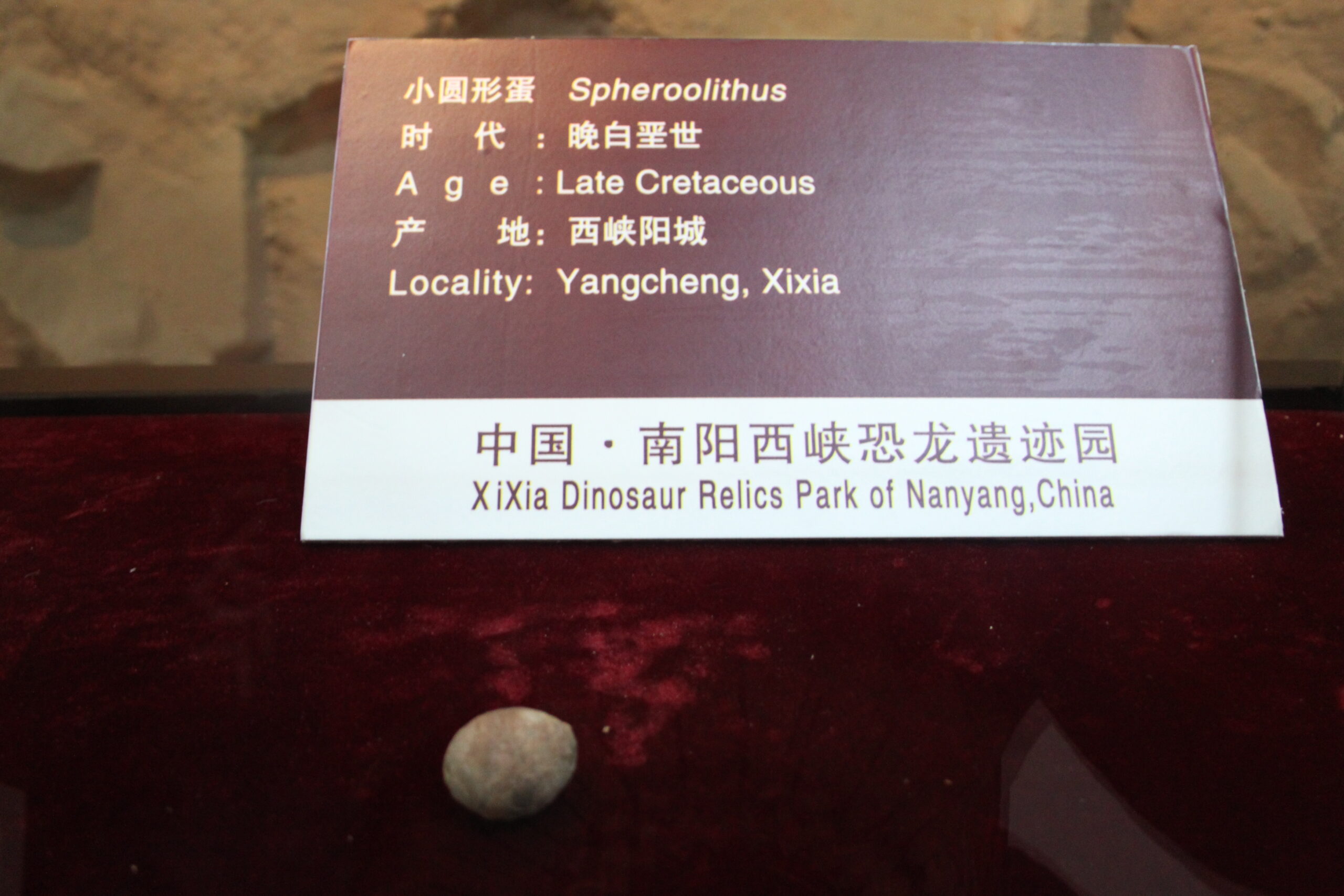
In 1923, American paleontologist Roy Chapman Andrews discovered what appeared to be a dinosaur egg bonanza in the Gobi Desert – dozens of fossilized eggs arranged in neat rows like an ancient nursery. This site, dubbed “Egg Mountain,” revealed that many Mongolian dinosaurs were far more sophisticated parents than anyone had imagined, constructing elaborate nests and caring for their young.
The eggs found at these sites weren’t just randomly scattered – they were carefully arranged in spiral patterns with the pointed ends facing inward, maximizing heat distribution and protection. Some nests contained multiple layers of eggs, suggesting that dinosaurs returned to the same nesting sites year after year, establishing prehistoric communities that lasted for generations.
The Feathered Revolution
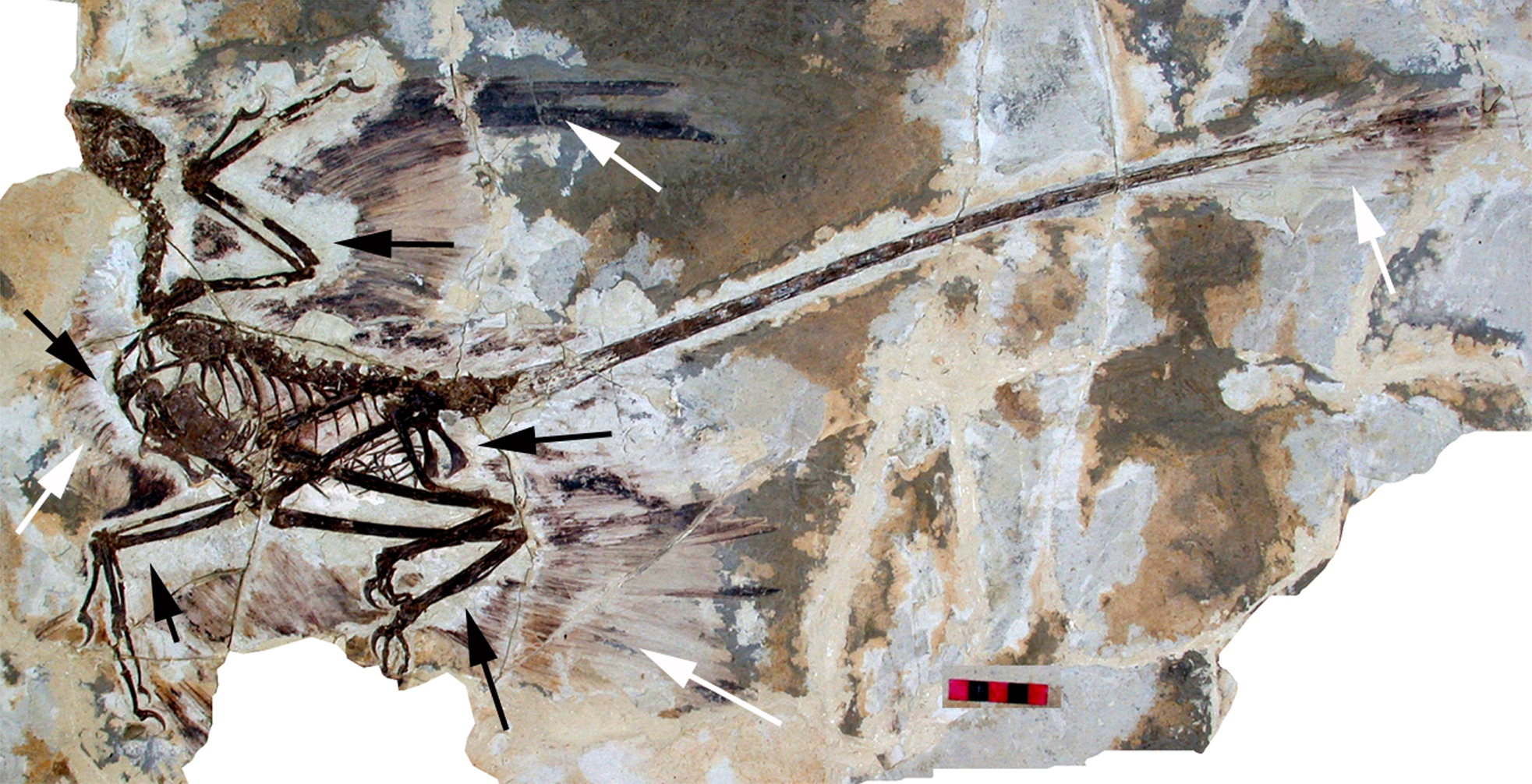
Mongolia’s fossil record has been instrumental in proving that many dinosaurs were covered in feathers, completely revolutionizing our image of these ancient creatures. The exceptional preservation conditions in Mongolian sediments have captured feather impressions that show dinosaurs weren’t the scaly, reptilian monsters of popular imagination, but rather colorful, feathered beings that would have looked surprisingly familiar to modern bird watchers.
These feathered dinosaurs used their plumage for more than just warmth – they likely displayed vibrant colors for mating rituals, camouflage, and social signaling. Some species may have had feathers as elaborate as those of modern peacocks or birds of paradise. The discovery of feathered dinosaurs in Mongolia has fundamentally changed how we understand the evolution of flight and the relationship between dinosaurs and birds.
Modern Expeditions and Future Discoveries
Today’s paleontologists continue to flock to Mongolia’s fossil-rich badlands, armed with advanced technology that would have amazed early explorers. Ground-penetrating radar, CT scanners, and genetic analysis tools are revealing secrets about Mongolian dinosaurs that were impossible to detect just decades ago. Each expedition brings new discoveries that challenge our understanding of prehistoric life.
The collaboration between international research teams and Mongolian scientists has created a new golden age of dinosaur discovery. Recent finds include evidence of dinosaur migration patterns, seasonal behavior changes, and even preserved soft tissues that provide glimpses into the daily lives of these ancient creatures. With vast areas of the Gobi Desert still unexplored, Mongolia’s status as a dinosaur hotspot shows no signs of diminishing.
Why Mongolia Produced Such Bizarre Creatures
Mongolia’s unique position during the Late Cretaceous period created perfect conditions for evolutionary experimentation. The region was geographically isolated, allowing dinosaur populations to evolve in relative isolation and develop unusual characteristics. The varied climate zones, from lush forests to arid deserts, provided diverse ecological niches that encouraged rapid specialization and adaptation.
The abundance of different habitats within a relatively small area meant that dinosaurs could evolve extreme specializations without needing to migrate vast distances. This evolutionary pressure cooker produced creatures that pushed the boundaries of what was possible in dinosaur anatomy and behavior. Mongolia became nature’s laboratory for testing the limits of dinosaur evolution, and the results were nothing short of extraordinary.
Mongolia’s dinosaurs remind us that evolution is far more creative and unpredictable than we ever imagined. These ancient creatures, with their bizarre combinations of features and behaviors, show us that the natural world has always been stranger than fiction. The feathered giants, egg-brooding parents, and specialized hunters of prehistoric Mongolia prove that life finds ways to surprise us, even across millions of years. What other secrets might still be buried in those windswept desert sands, waiting to rewrite our understanding of prehistoric life once again?

